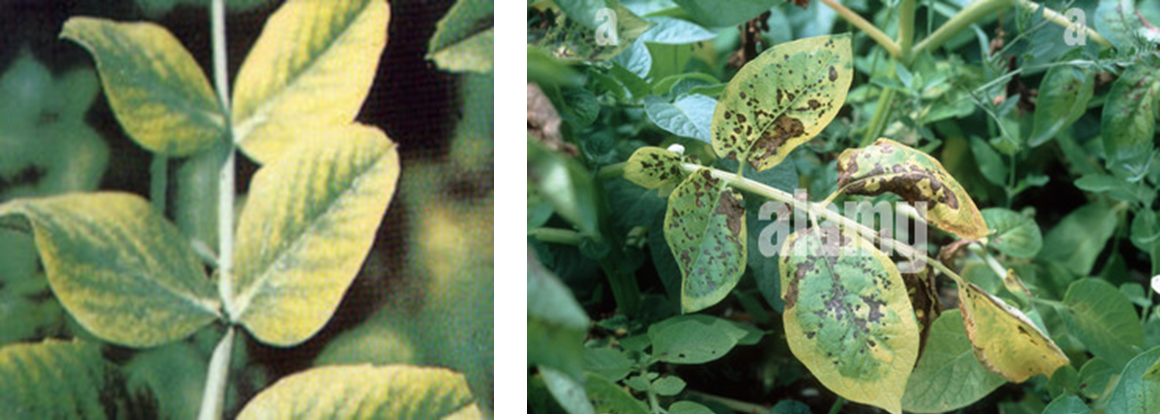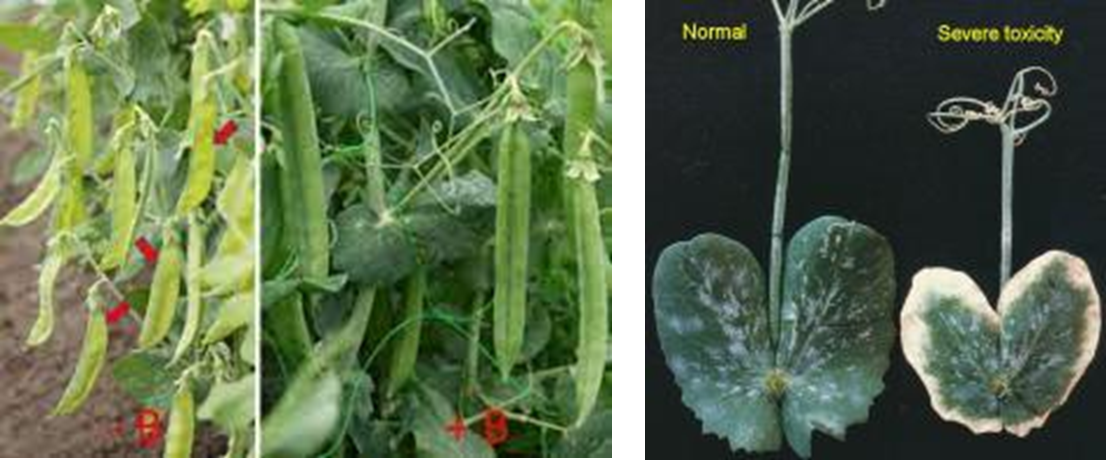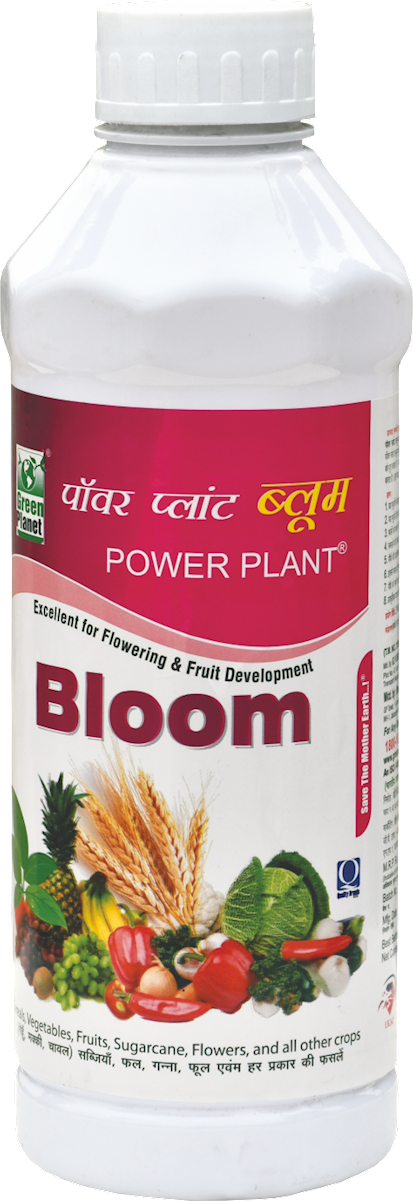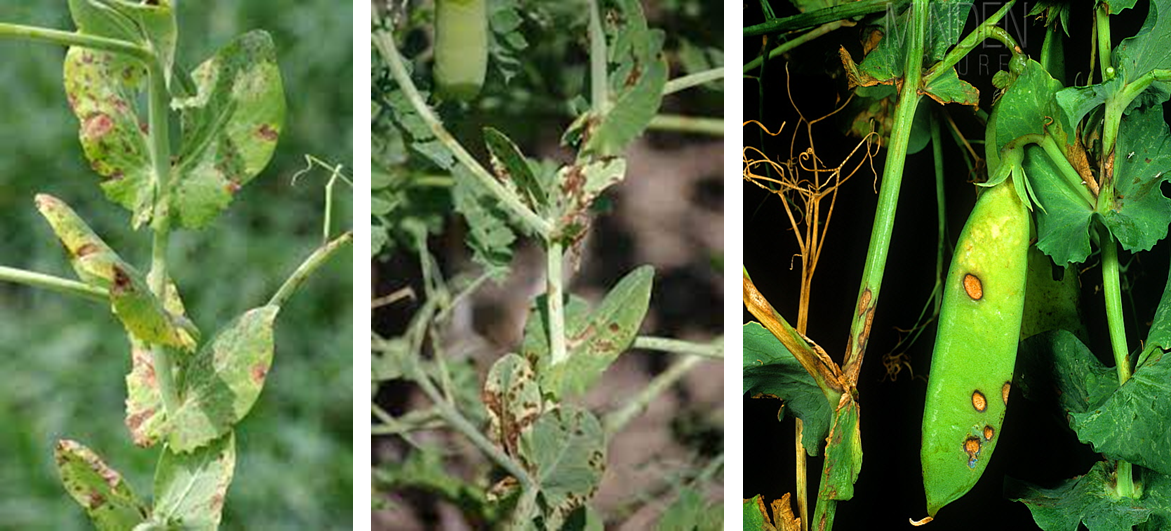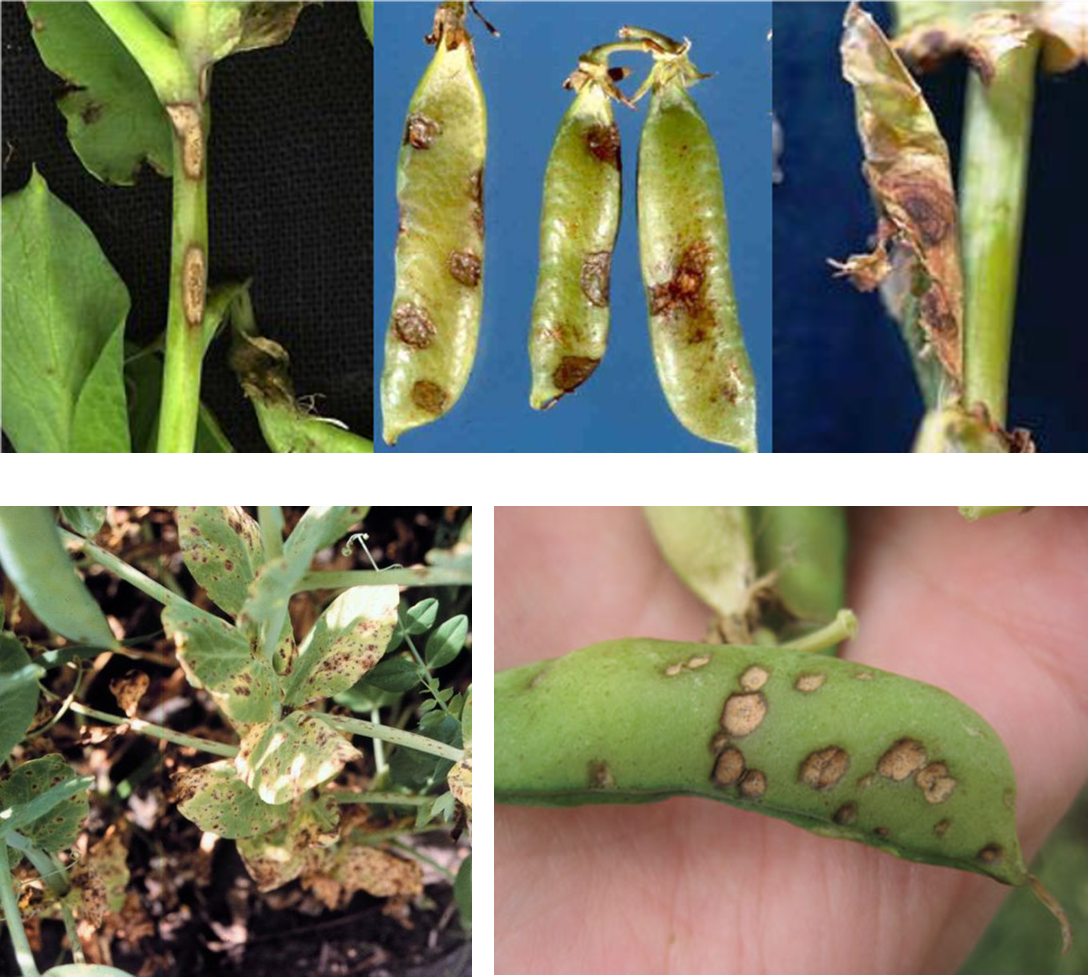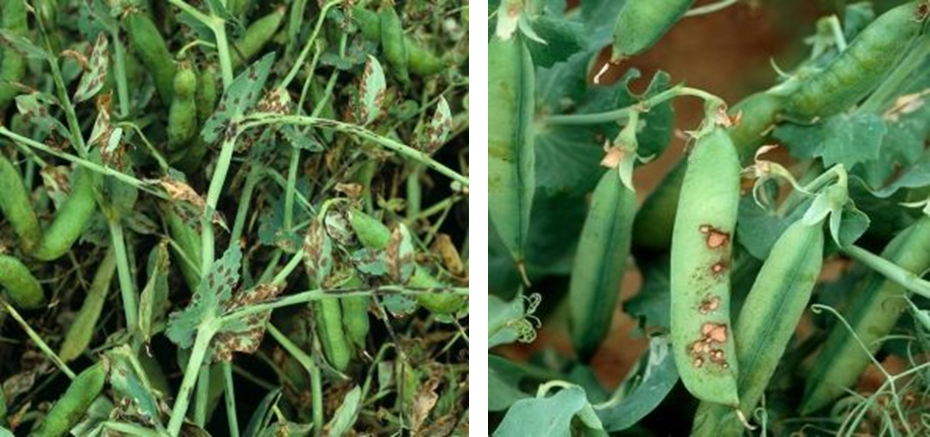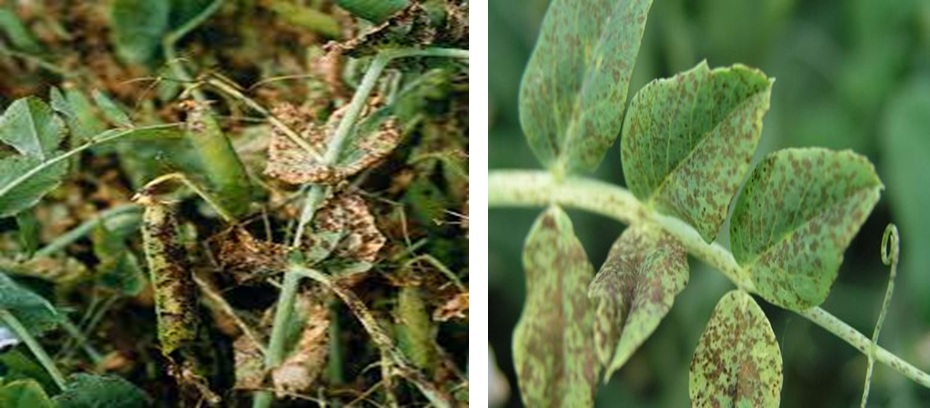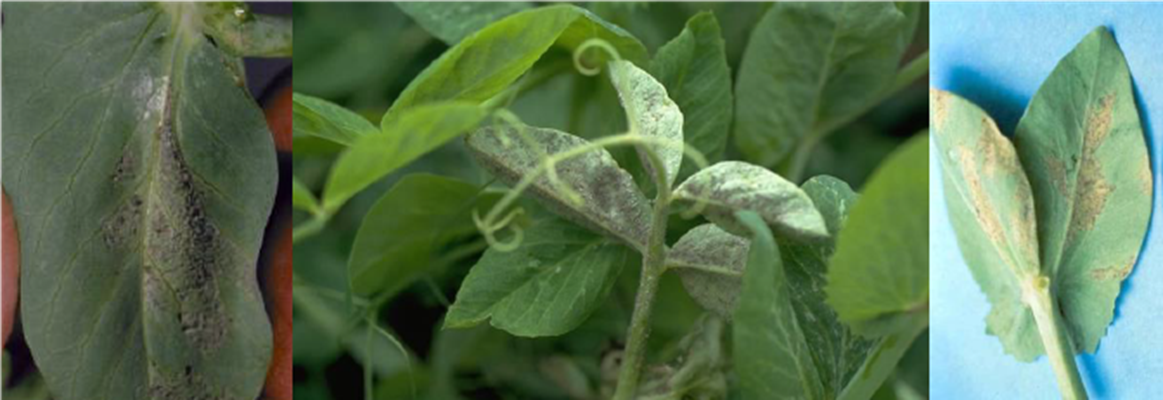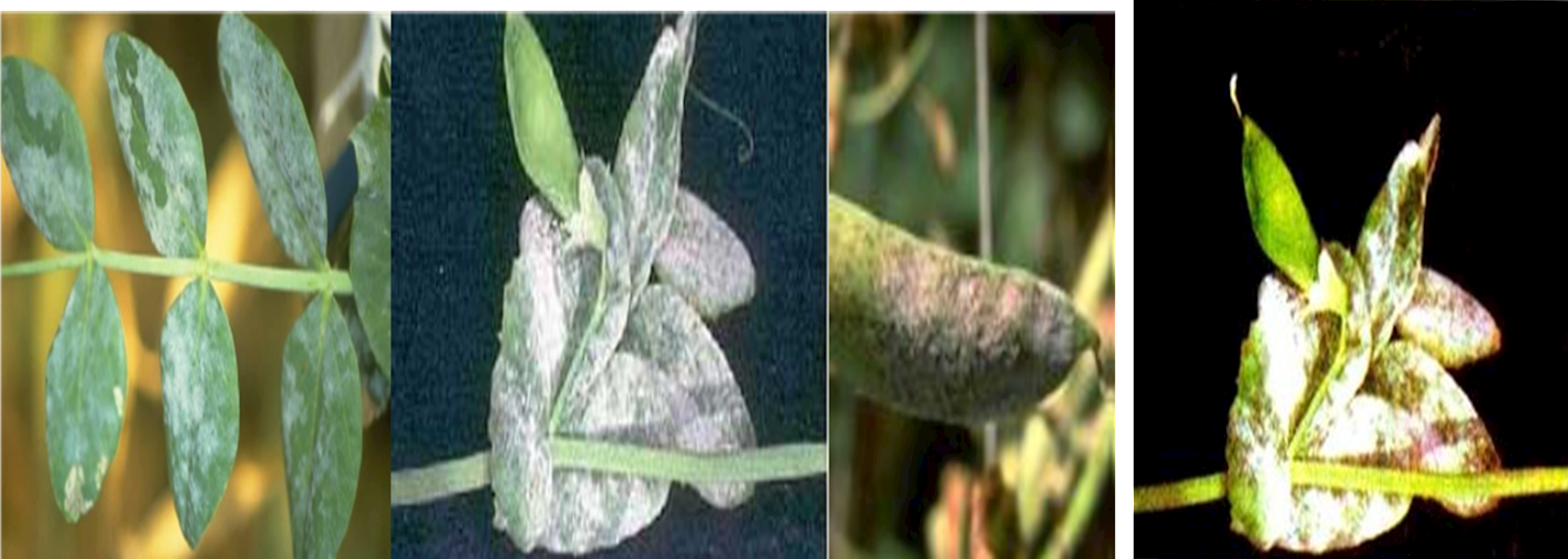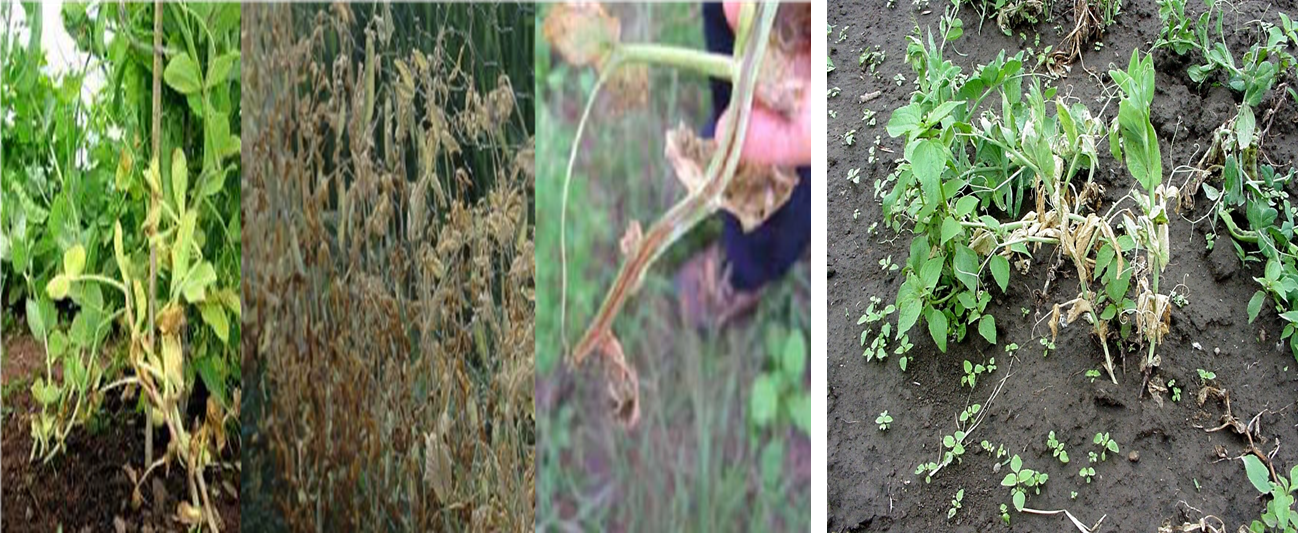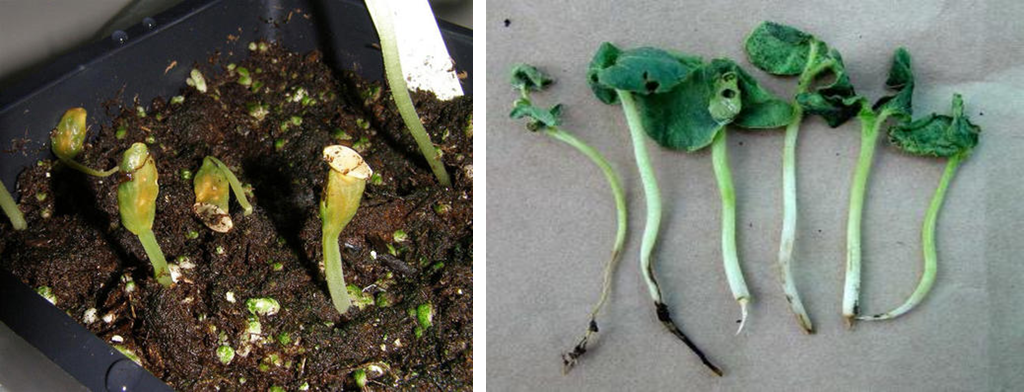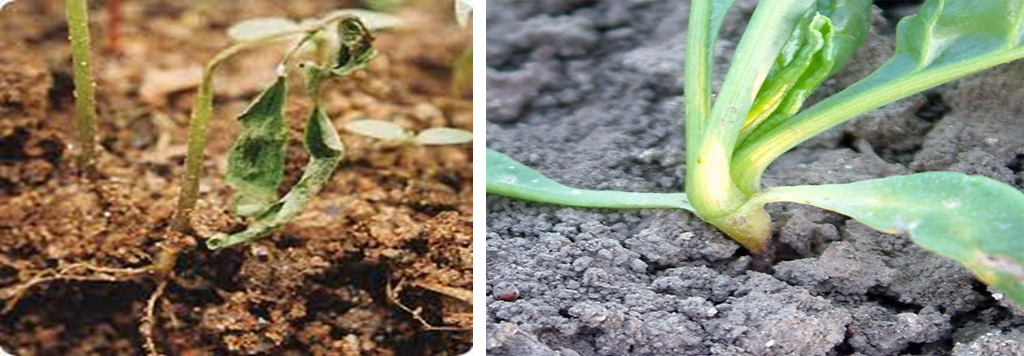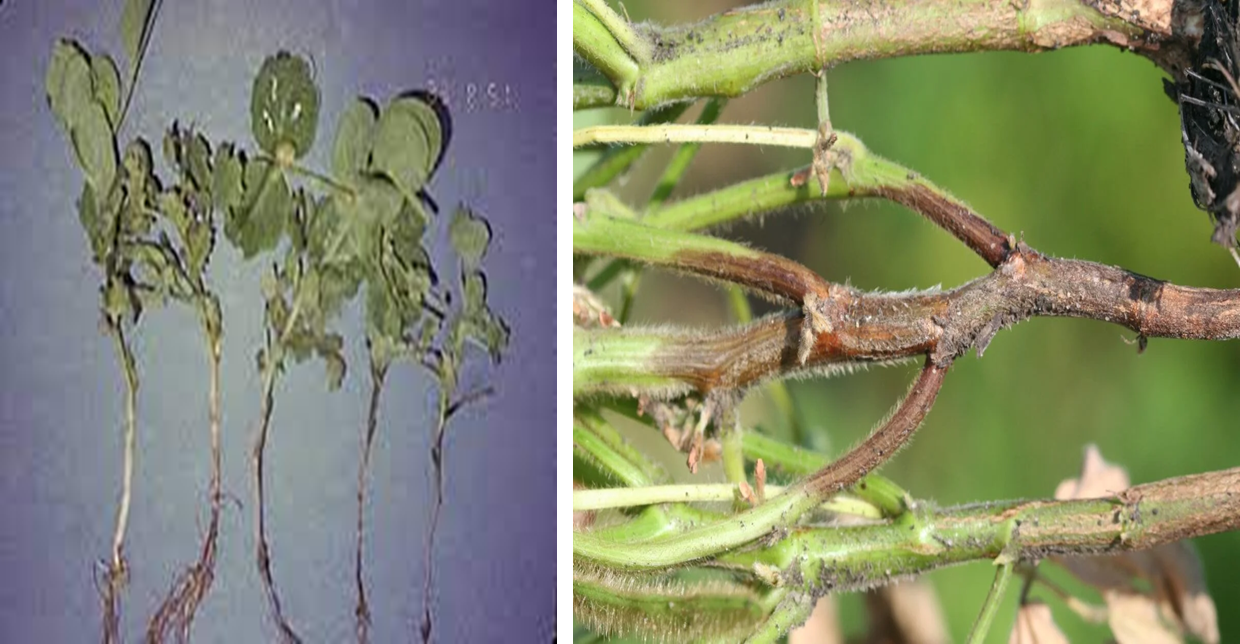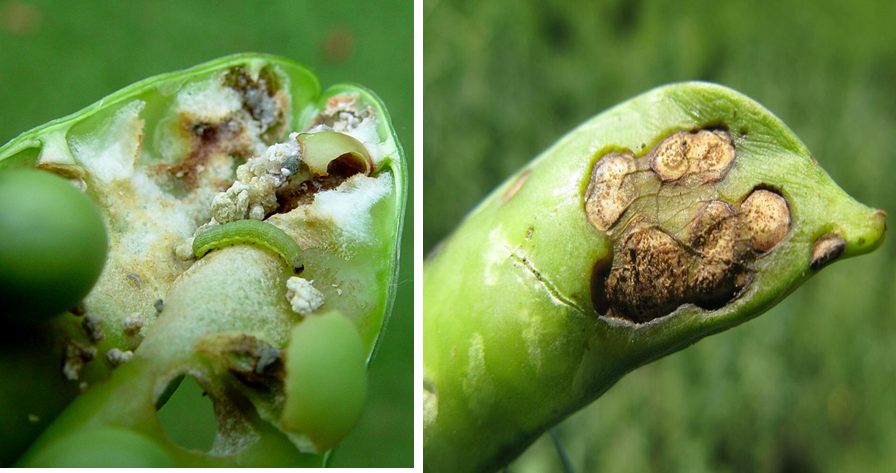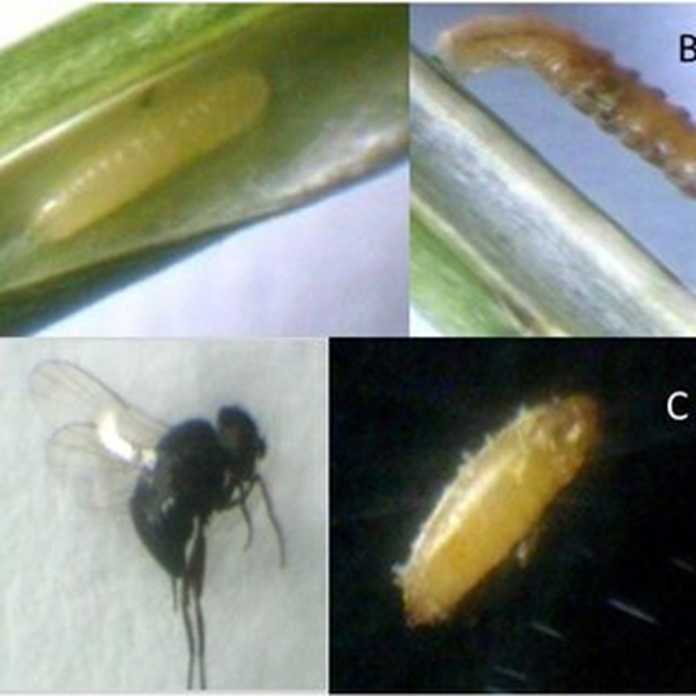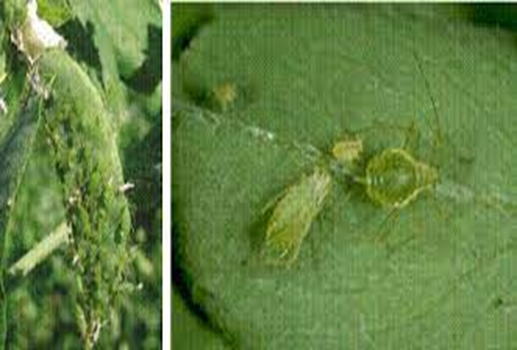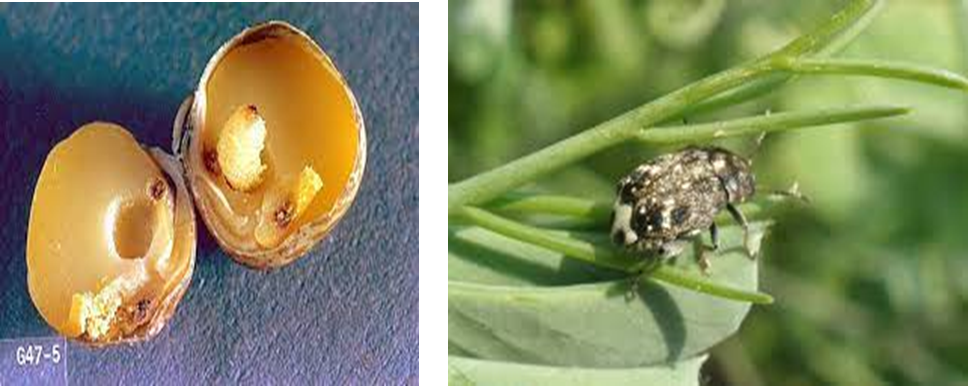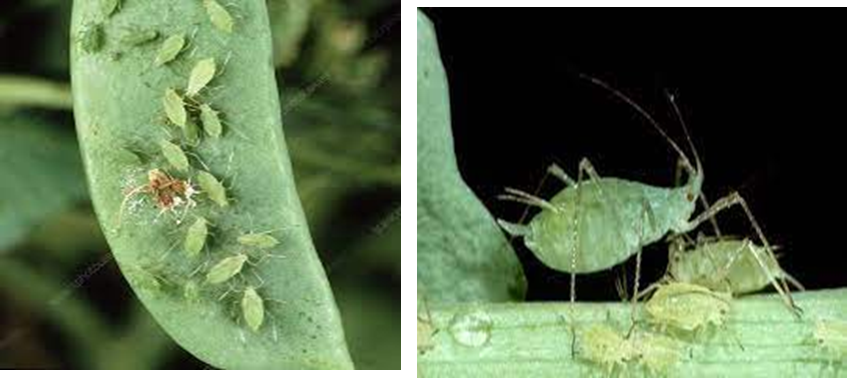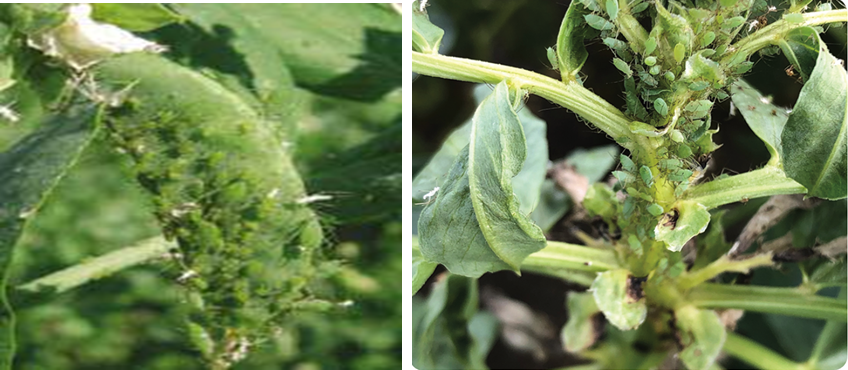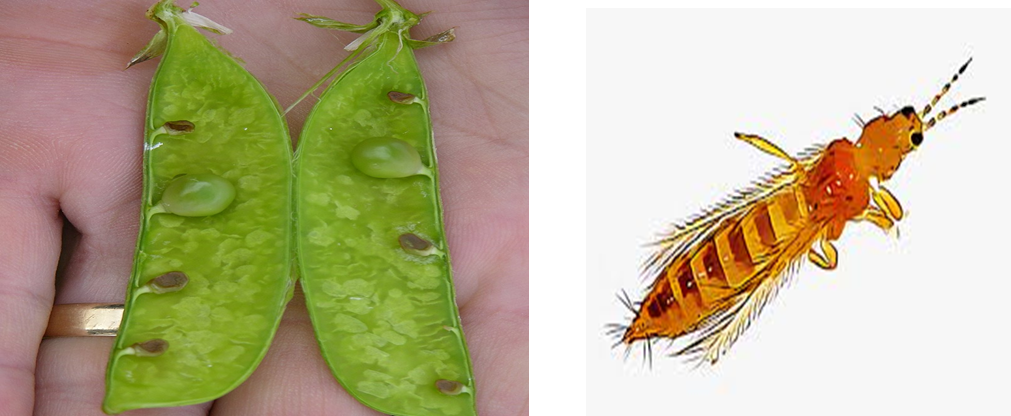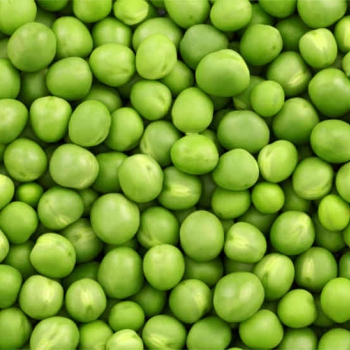
- Green peas, often known as "garden peas," are tiny, spherical seeds that sprout from the Pisum sativum plant's pods.
- Green peas are not vegetables. They belong to the legume family, which includes plants that produce pods containing seeds.
- Legumes include lentils, chickpeas, beans, and peanuts. Green peas, like potatoes, maize, and squash, are considered starchy vegetables because they are abundant in complex carbohydrates called starches.
- Snap peas and snow peas are two more popular kinds that, due to their similar look, are sometimes mistaken with green peas. Their flavour and vitamin content, however, varies somewhat.
- Green peas are one of the greatest plant-based sources of protein, which, together with their high fibre content, is one of the reasons they are so full.
soil : loamy soil
temprature : 15-20 degree C
pH : 6-7.5
climate : colder
rainfall : 400-500 mm
duration : 2- 3 months
- Plough one to two times to get a good seed bed.
-Take 2-3 harrowing sessions in addition to ploughing, and plank after each ploughing operation.
-To minimise soil waterlogging, the field should be level.
- Before planting the crop, provide pre-sowing irrigation to aid in crop germination.
SOIL TREATMENT:
Use Bhoomi power, Powerplant Premium, and a precautionary Root guard to treat your soil by giving it complete nutrition.
|
BHOOMI POWER 4KG/ACRE |
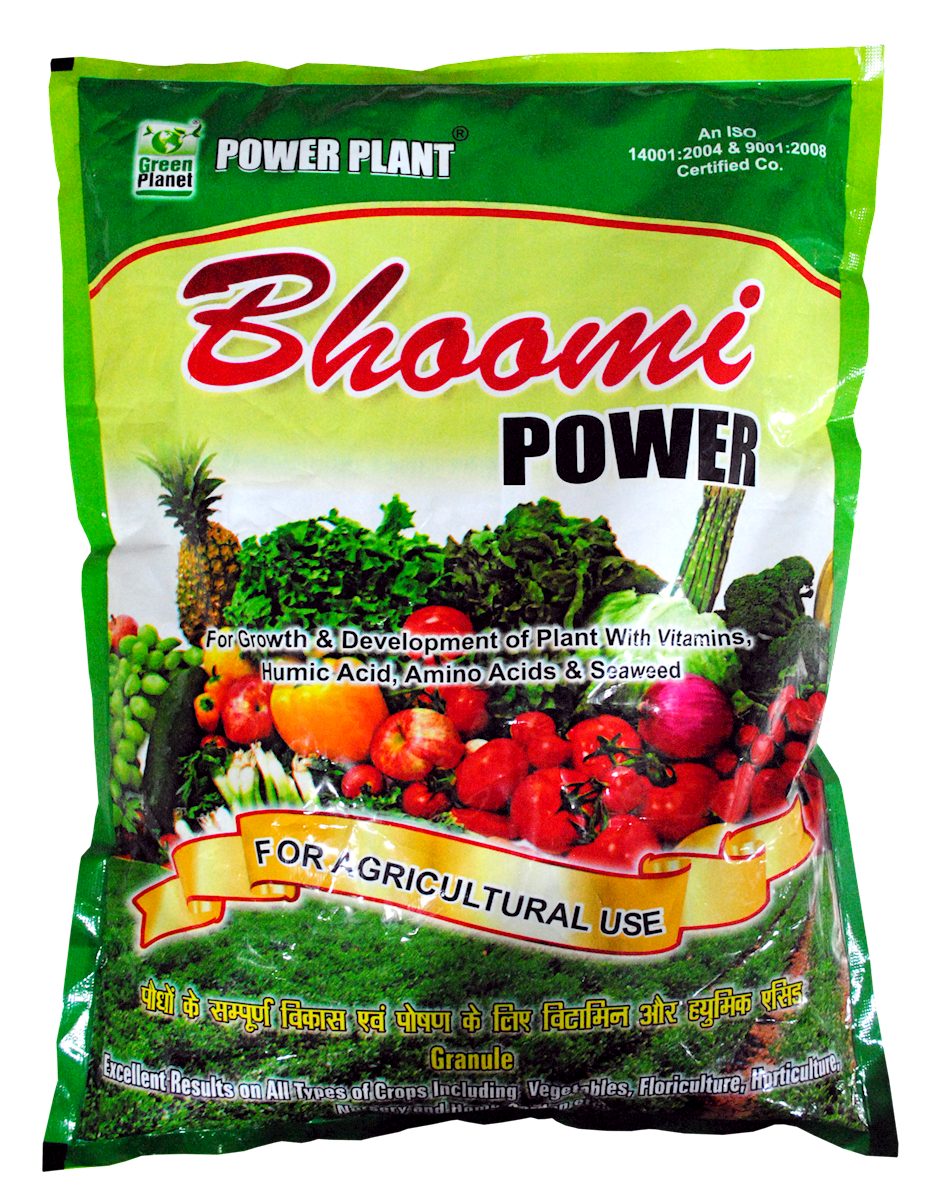 |
|
POWER PLANT PREMIUM 1 LITRE/ ACRE |
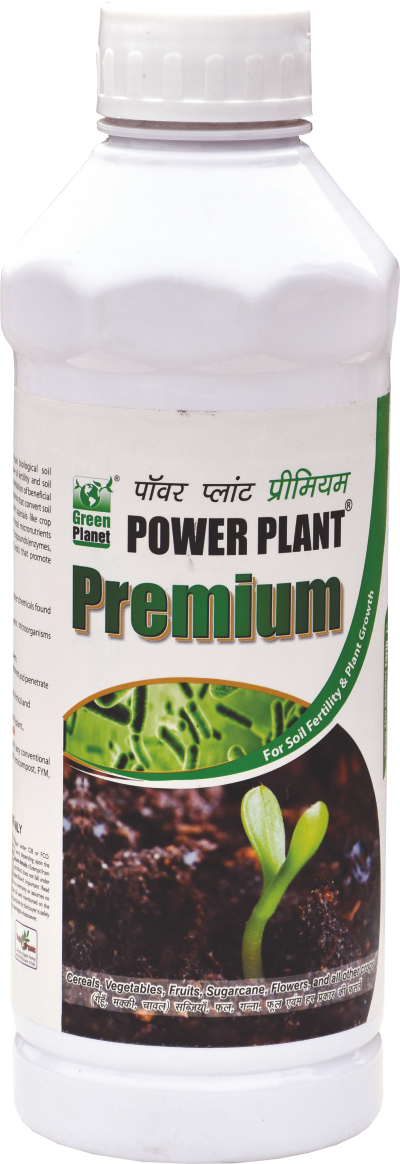 |
|
ROOT GUARD 2 KG/ACRE |
 |
Field preparation:
After the kharif crop harvest, ploughing and harrowing are necessary. To minimise water logging issues, the hard clods should be softened and adequate levelling done on the field after the ploughing and harrowing procedure is completed. For improved germination, gentle water showers should be applied prior to spreading seeds.
SEED TREATMENT:
- Use POWERPLANT SEED TREATMENT
- Treat with Power Plant Seed Treatment.
- For each kg of seed, mix 20 ml PPST with 50 ml water.
1. NITROGEN DEFICIENCY
|
Use NITROKING 2-3 ml per litre of water |
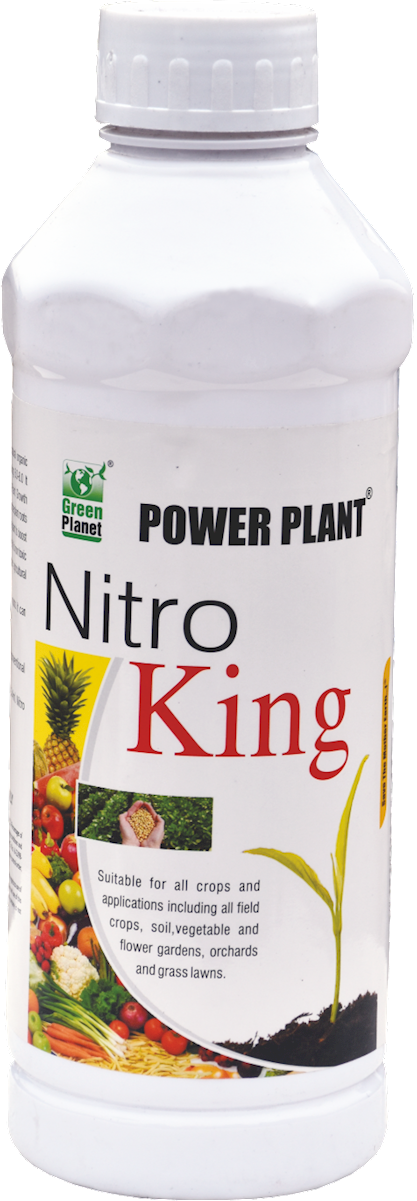 |
|
Use SPALL90 0.5 ml per litre of water |
 |
2. POTASSIUM DEFICIENCY
|
Use NITROKING 2-3 ml per litre of water |
 |
|
Use SPALL90 0.5 ml per litre of water |
 |
3. MAGNESIUM DEFICIENCY
4. PHOSPHORUS DEFICIENCY
´Phosphorus deficiencies result in plants with small, hard, extremely dark purple leaves that break off easily when handled.
|
Use NITROKING 2-3 ml per litre of water |
 |
|
Use SPALL90 0.5 ml per litre of water |
 |
5. BORON DEFICIENCY
6. SULFUR DEFICIENCY
|
Use Grow 2 ml per litre of water |
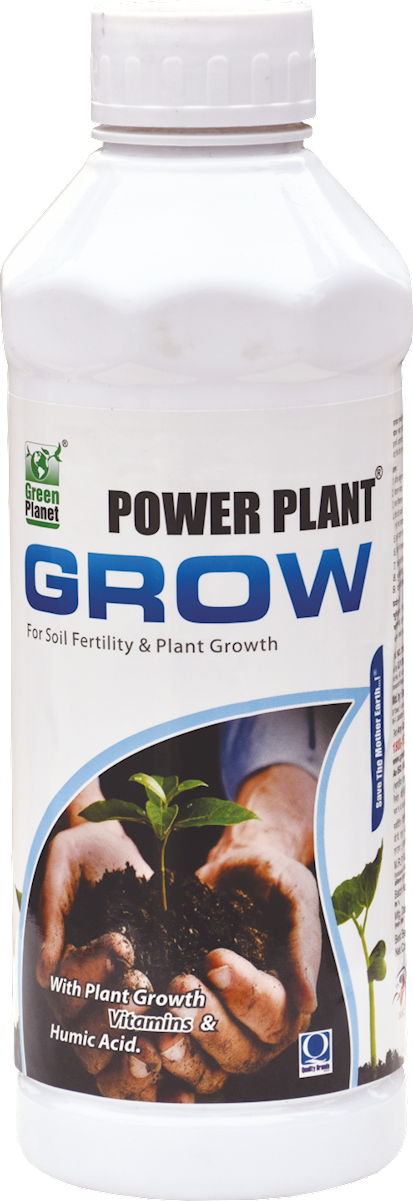 |
|
Use SPALL90 0.5 ml per litre of water |
 |
1. FUNGAL DISEASE:
A. CONTACT-BASED FUNGAL DISEASE
1. GRAY LEAF SPOT (Cercospora zeae-maydis)
|
Use PPFC 2-3 gm per litre of water |
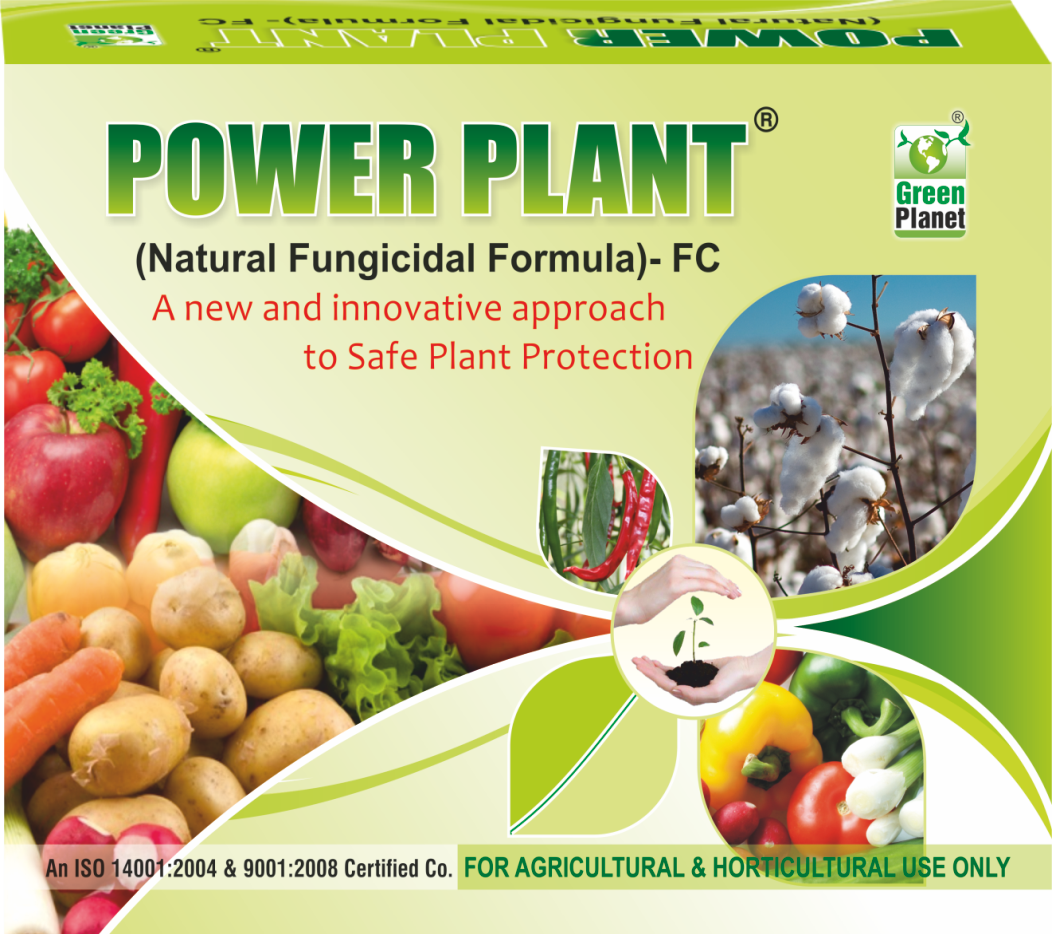 |
|
Use SpAll90 0.5ml per litre of water |
 |
2. ASCOCHYTA BLIGHT(Phytophthora capsici)
|
Use PPFC 2-3 gm per litre of water |
 |
|
Use SpAll90 0.5 ml per litre of water |
 |
3. ANTHRACANOSE (Colletotrichum)
|
Use PPFC 2-3 gm per litre of water |
 |
|
Use SpAll90 0.5ml per litre of water |
 |
4. DOWNY MILDEW (Peronospora viciae)
|
Use PPFC 2-3 gm per litre of water |
 |
|
Use SpAll90 0.5 ml per litre of water |
 |
5. POWDERY MILDEW (Leveillula taurica)
|
Use PPFC 2-3 gm per litre of water |
 |
|
Use SpAll90 0.5 ml per litre of water |
 |
B. SYSTEMIC-BASED FUNGAL DISEASE
1. FUSARIUM WILT (Fusarium oxysporum)
|
Use Fungohit 2-3ml per litre of water. |
 |
|
Use SpAll90 0.5 ml per litre of water. |
 |
2. DAMPING OFF (Rhizoctonia solani)
|
Use Fungohit 2-3ml per litre of water. |
 |
|
Use SpAll90 0.5 ml per litre of water. |
 |
3. STEM END ROT (Phytophthora capsici)
|
Use Fungohit 2-3ml per litre of water. |
 |
|
Use SpAll90 0.5ml per litre of water. |
 |
3. VIRUS
1. LEAF CURL ROLL VIRUS
|
Use Virohit 2-3 ml per litre of water. |
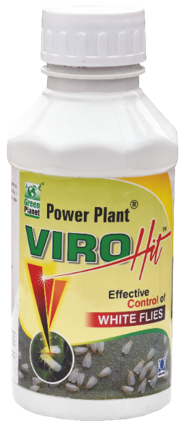 |
|
Use virosol 2-3 ml per litre of water. |
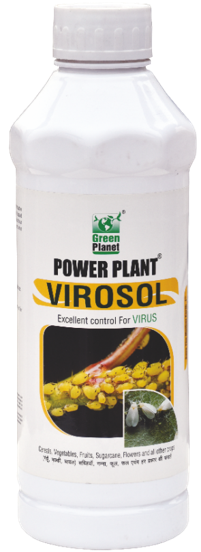 |
|
Use PPNP 1 ml per litre of water. |
 |
|
Use SpAll90 0.5 ml per litre of water. |
 |
2. PEA SEEDBORNE VIRUS
|
Use Virohit 2-3 ml per litre of water |
 |
|
Use virosol 2-3 ml per litre of water |
 |
|
Use PPNP 1 ml per litre of water |
 |
|
Use SpAll90 0.5 ml per litre of water |
 |
4. PEST : CHEWING PEST
1. PEA POD BORRER(Helicoverpa spp.)
TREATMENT :
|
Use Pestohit 2-3 ml per litre of water |
 |
|
Use PPNP 1 ml per litre of water |
 |
|
Use SpAll90 0.5ml per litre of water |
 |
2. STEMFLY ( Ophiomyai phaseoli)
TREATMENT :
|
Use Pestohit 2-3 ml per litre of water |
 |
|
Use PPNP 1 ml per litre of water |
 |
|
Use SpAll90 0.5ml per litre of water |
 |
3. PEA WEEVIL (Bruchus pisorum)
TREATMENT :
|
Use Pestohit 2-3 ml per litre of water |
 |
|
Use PPNP 1 ml per litre of water |
 |
|
Use SpAll90 0.5ml per litre of water |
 |
PEST : SUCKING PEST
TREATMENT :
|
Use Orgomite 2-3 ml per litre of water |
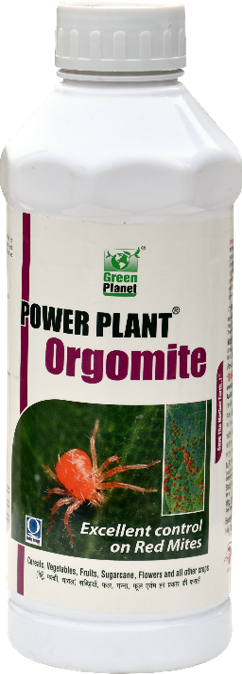 |
|
Use PPNP 1 ml per litre of water |
 |
|
Use SpAll90 0.5 ml per litre of water |
 |
2. THRIP (Thysanoptera)
TREATMENT :
|
Use Orgomite 2-3 ml per litre of water |
 |
|
Use PPNP 1 ml per litre of water |
 |
|
Use SpAll90 0.5 ml per litre of water |
 |






